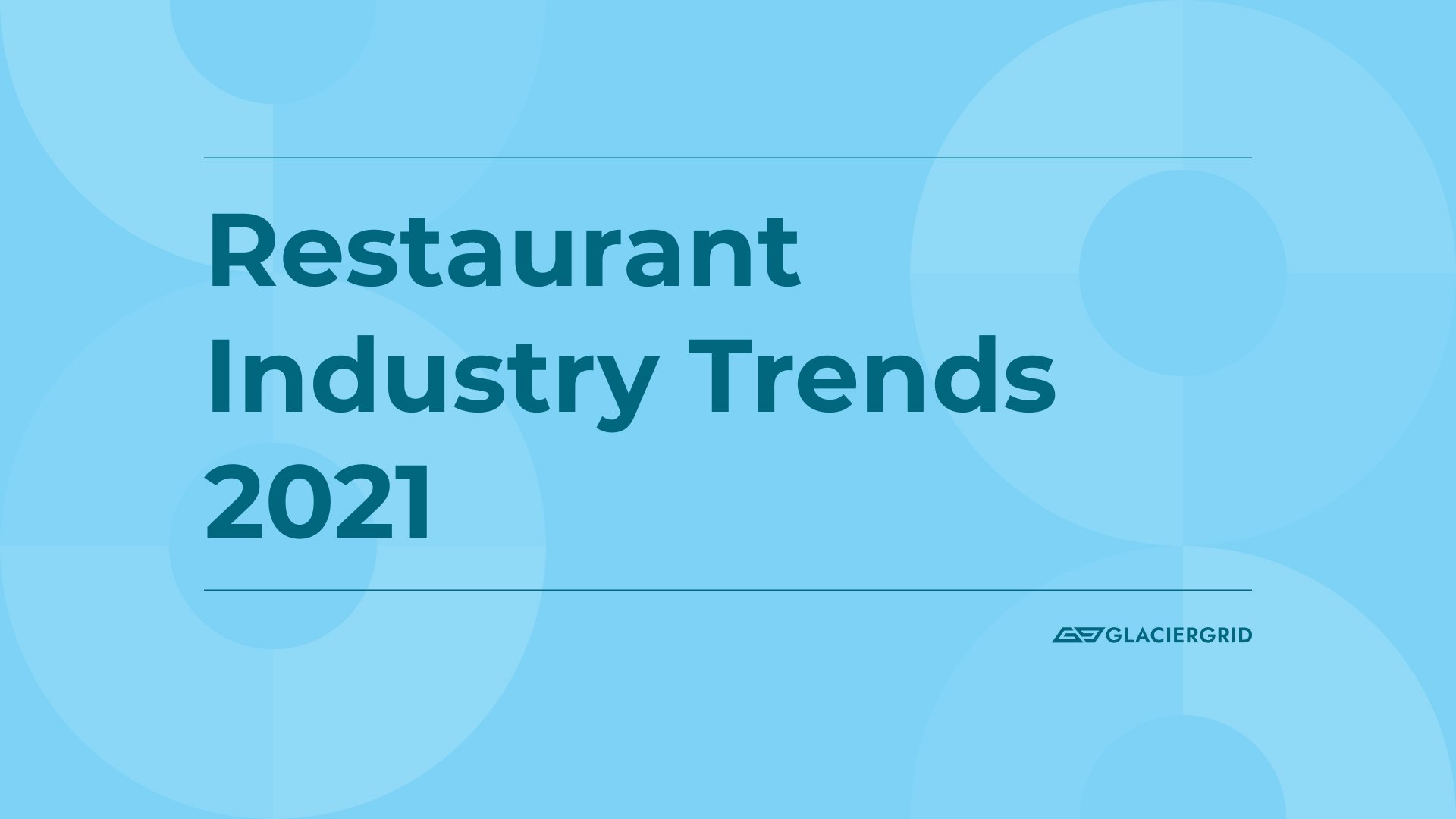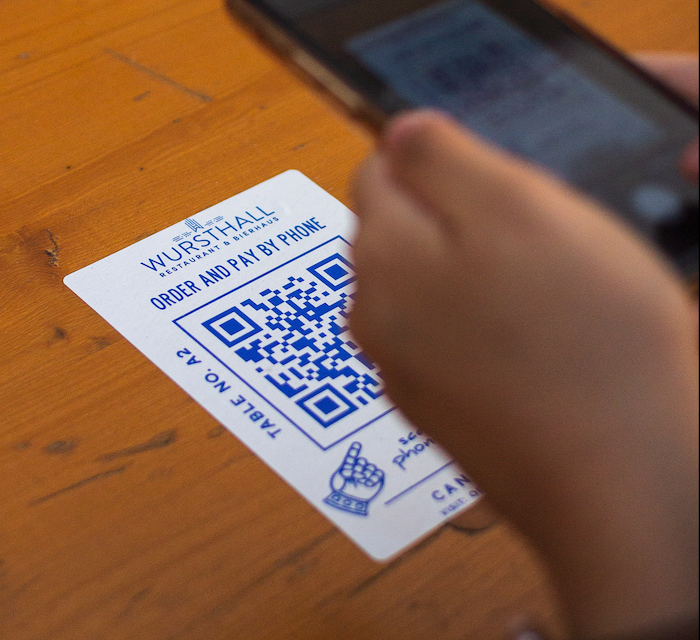Restaurant Industry Trends 2021

2020 has been a challenging year for restaurant management. According to Restaurants.org, 100,000 restaurants closed by September 2020 alone. In the face of unprecedented challenges, new trends have surfaced in the restaurant industry that have helped drive orders and manage a restaurant's bottom line.
In an interview with Restaurant Business, Brian Levine (VP Mobiquity) remarked on rapid adoption he’s seen in restaurant payment technology: “Normally this process takes years, and that’s what coronavirus has done. It’s collapsed the technology adoption curve.”
This blog post will share the significant restaurant industry trends that we expect to continue into 2021, including innovations in ordering, metrics tracking, and equipment management.
Contactless ordering is here to stay

One of the most visible current trends in the restaurant industry has been contactless ordering. This dine-in experience replaces traditional menus with QR codes, enabling guests to order without interacting with a server or touching shared services.
QR codes were widely adopted in 2020, as 17% of restaurant customers wanted contactless ordering while restaurant management aimed to limit exposure risk. With QR readers automatically installed on most smartphones, this trend quickly became mainstream in 2020.
John Squire, CEO of CardFree, forecasts “there’s gonna be a large percentage of people who will never want to go back to dealing with a credit card or handling the menu.”
More focus on metrics
Staff and labor management is a critical way to optimize profits when financial growth is flat. With the continually shifting customer demand of 2020, franchises such as Taco Bell adopted new metrics to optimize staffing. With COVID-19 pressures continuing into next year, we expect this restaurant industry trend to remain paramount in 2021.
These variables include:
- Peak Demand Hours: 2020 saw shifts in peak periods based on customers choosing new times to dine and remote work changing schedules. Is your staffing optimized for how diners are eating this month?
- Speed of Service: Taco Bell opted to prioritize take-out and drive-thru metrics and remove dine-in. Are similar adjustments needed for your restaurant?
- PPE Usage: Is PPE being adopted among staff? Are any locations having issues receiving or adopting PPE?
If you are thinking of shifting metrics in your business, QSR Magazine reports:
“Agility is essential -- Taco Bell is not only measuring demand shifts and identifying labor alignment issues weekly, but its staff rota is also dynamic enough to react to and resolve these issues, despite the added challenges of staff sickness and quarantine.”
Use a remote temperature sensor
Even before COVID-19, proper maintenance of equipment was key to a restaurant's bottom line. With fluctuating staffing levels expected to continue into 2021, remote temperature sensors offer restaurants the ability to prevent loss events and trigger preventative maintenance without staff onsite.
Remote temperature sensors work when placed inside equipment. The sensors then alert teams precisely when equipment starts to malfunction.
At GlacierGrid, we have developed advanced temperature sensor technology that uses long-range radio, or LoRaWAN. This allows our wireless sensors to give accurate readings in walk-ins and freezers while eliminating dependence on WiFi and Bluetooth.

Keep calm and carry on
The Greek philosopher Plato is known to have said that “necessity is the mother of invention”. No time is this more true in recent history than in 2020. COVID-19 has accelerated trends in the restaurant industry that may have taken years to implement otherwise. Moving into 2021, restaurants are more prepared than ever before to face whatever challenges come their way.
Interested in working with GlacierGrid?
For more information on how GlacierGrid can help your restaurant run smoother, click below to get GlacierGrid today.







